The Most Dangerous Fish in the World
Top 10 Most Dangerous Aquatic Creatures
The oceans, rivers, and lakes of our planet are home to many amazing creatures, some of which are deadly predators. Some fish have deadly poison, some have sharp teeth, and some can attack people due to their aggressive temperament. In this article, we will discuss the world's most dangerous aquatic creatures, encounters with which can be fatal. Here are the top ten killers of the deep.
1 Red-bellied piranha (Pygocentrus nattereri)
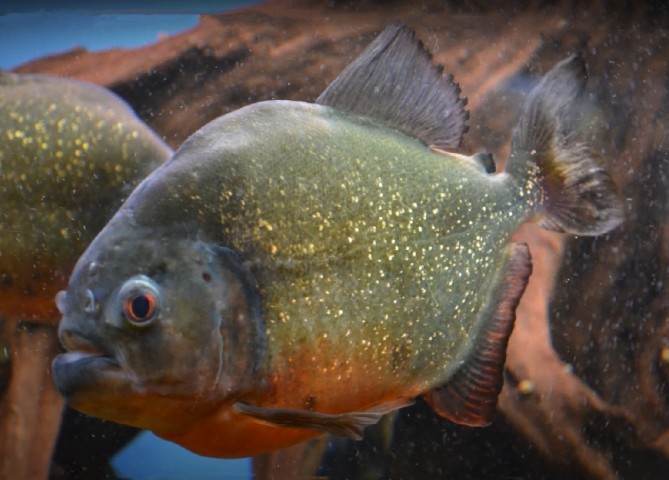
Habitat: South American rivers, such as the Amazon and the Orinoco.
Danger: These are gregarious predators with sharp teeth.
Piranhas are known for their bloodthirstiness. While a single fish does not pose a serious threat, a pack of piranhas can nibble a large animal to the bone in a matter of minutes. Attacks on humans have been known to occur, especially during the dry season when the fish become more aggressive.
2 Electric eel (Electrophorus electricus)
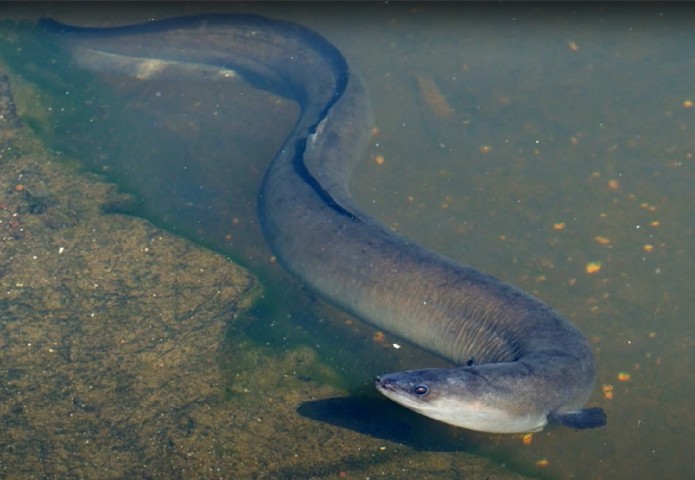
Habitat: South American rivers.
Danger: Capable of discharging up to 600 volts.
The electric eel can generate powerful electric shocks that stun prey and may be fatal to humans. Even after the eel dies, its body retains a charge, making it dangerous to touch.
3 Reef stonefish (Synanceia verrucosa)

Habitat: Indo-Pacific region.
Danger: It has the most poisonous spines of any fish.
The reef stonefish disguises itself as a rock and is easily stepped on. Its dorsal spines secrete a neurotoxin that causes unbearable pain, paralysis, and even death, unless an antidote is administered.
4 Great white shark (Carcharodon carcharias)
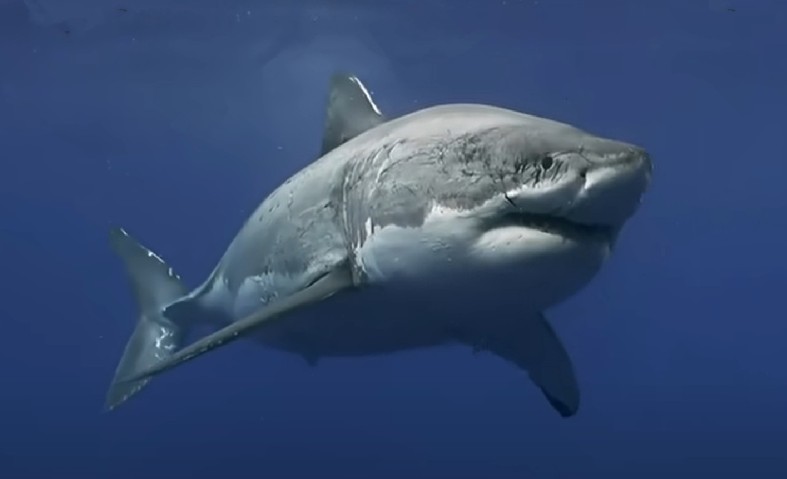
Habitat: All oceans except the Arctic Ocean.
Danger level: Powerful jaws and aggressive nature.
It is one of the ocean's most formidable predators. While it rarely attacks humans on purpose, its powerful jaws and sharp teeth can inflict fatal wounds.
5 Goliath tigerfish (Hydrocynus goliath)
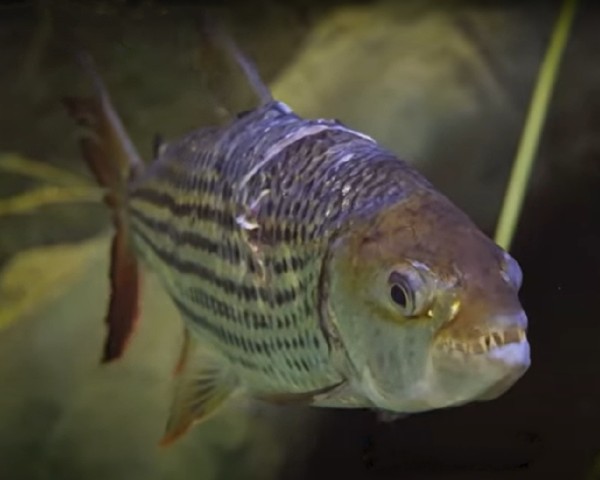
Habitat: African rivers, such as the Congo and Zambezi.
Danger level: Huge teeth and aggressive nature.
This freshwater predator resembles a piranha but is much larger, reaching up to 1.5 meters in length. It can attack crocodiles and, according to some reports, humans.
6 Atlantic stingray (Hypanus sabinus)
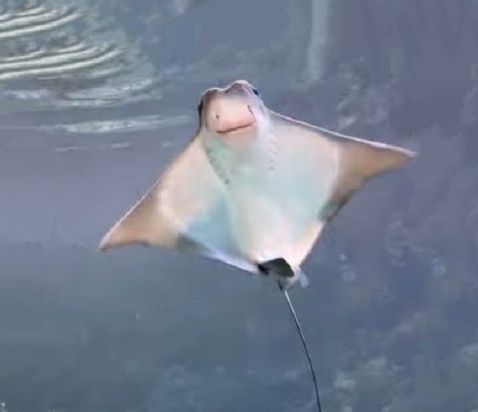
Habitat: Tropical and subtropical waters.
Danger: They have a poisonous spike on their tail.
Stingrays are usually peaceful, but if you step on one, it can strike you with its poisonous tail spike. This is how the famous Australian naturalist Steve Irwin died.
7 Asian stinging catfish (Heteropneustes fossilis)
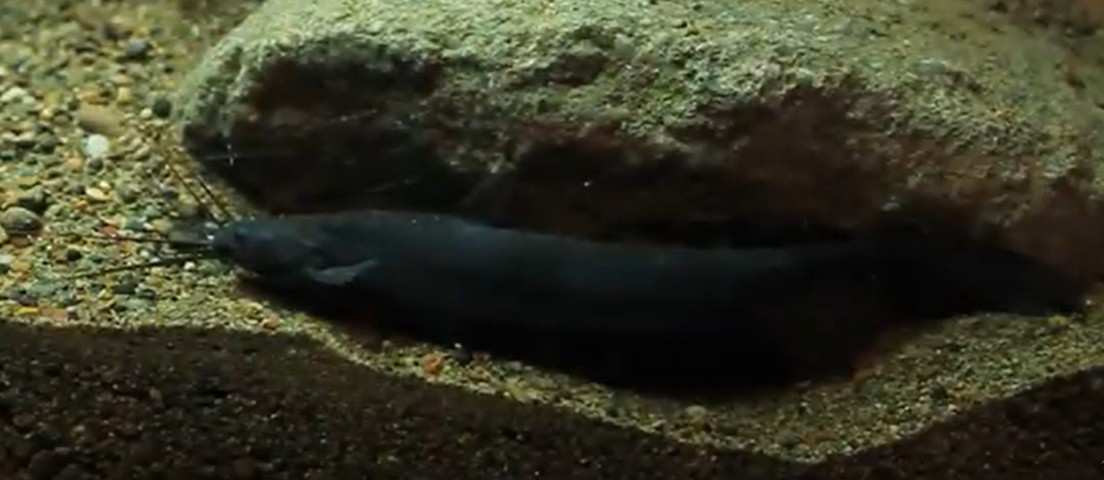
Habitat: South and Southeast Asia.
Danger: Poisonous spines and aggressive behavior.
This catfish bites and has poisonous spines. Being pricked by one of these spines causes severe pain and can lead to cardiac arrest.
8 Candiru (Vandellia cirrhosa)
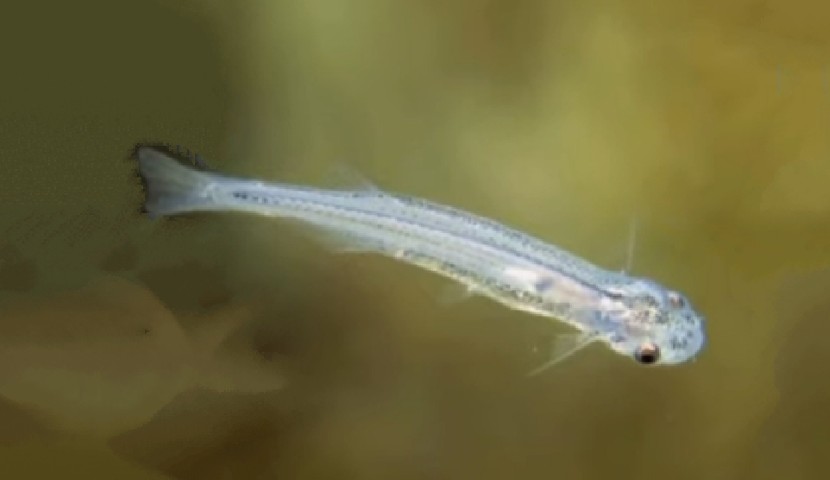
Habitat: Amazon.
Danger: It penetrates the urogenital tract.
This small fish typically parasitizes the gills of larger fish but is known to swim into the urinary tract of humans, causing excruciating pain. It can only be removed surgically.
9 Australian box jelly (Chironex fleckeri)
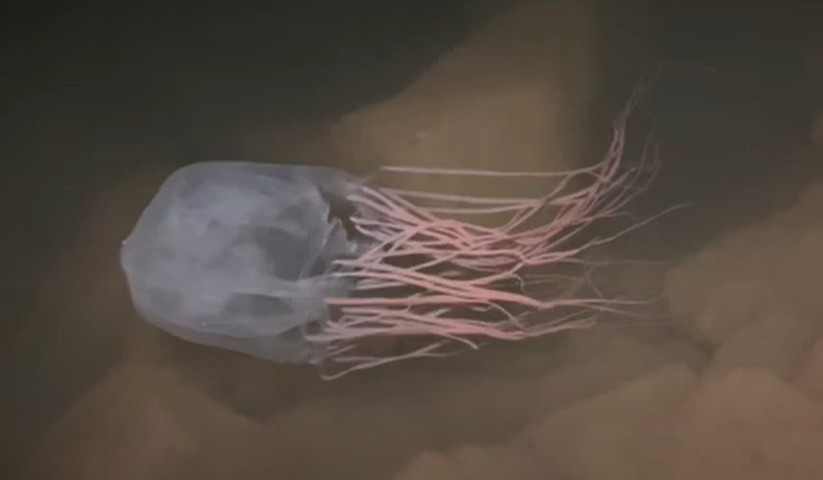
Habitat: Australian and Southeast Asian waters.
Danger: Deadly poison.
Although it is a jellyfish, not a fish, it deserves a place on the list. Its venom kills a person within two to five minutes, and the burns are excruciatingly painful.
10 Fangtooth moray (Enchelycore anatina)
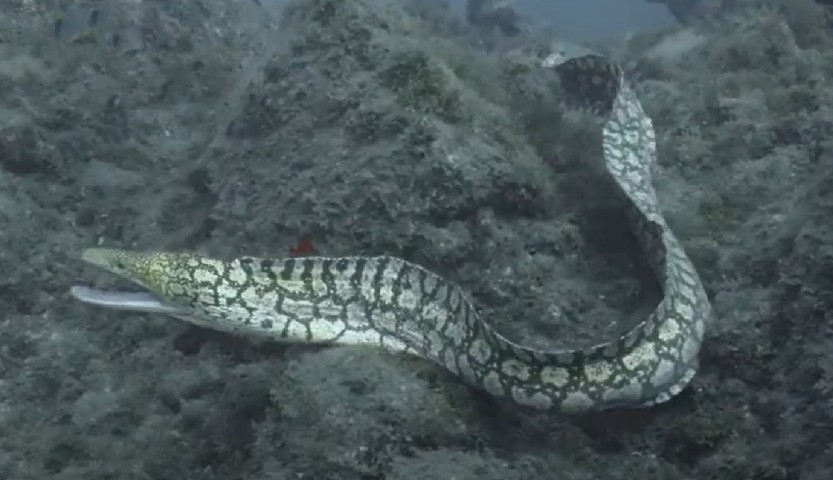
Habitat: Tropical and subtropical seas.
Danger level: Sharp teeth and aggressive behavior.
Fangtooth morays hide in reefs and may attack divers if threatened. Their bites are deep and often become infected.
The world of underwater predators is both diverse and dangerous. Some kill with venom, some with their teeth, and some can harm you by accident. If you are traveling to an exotic country, make sure you know what dangerous sea creatures you may encounter!
Stay safe and enjoy the outdoors!
